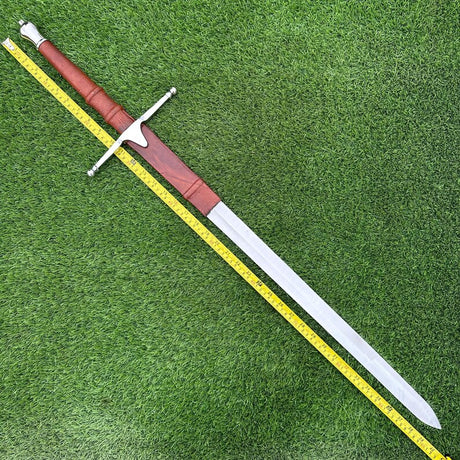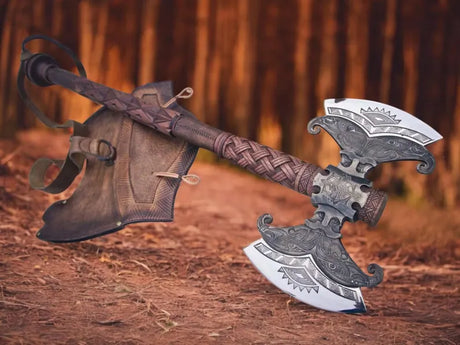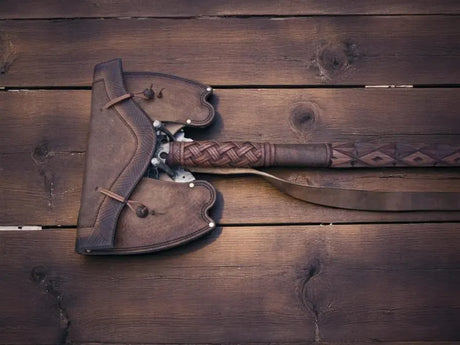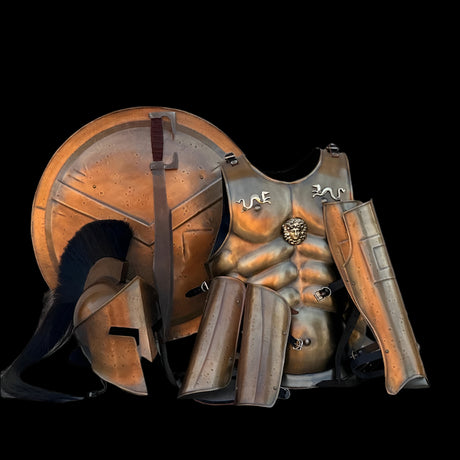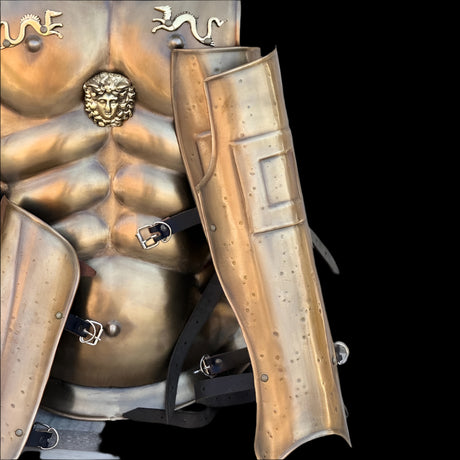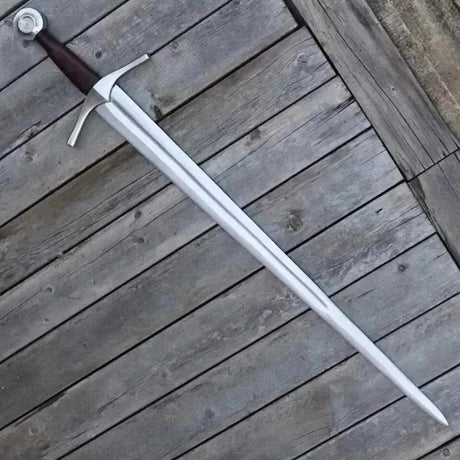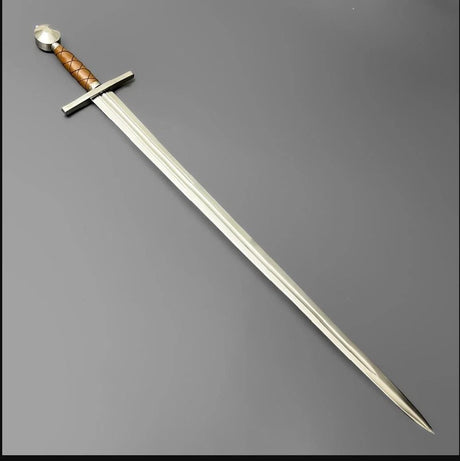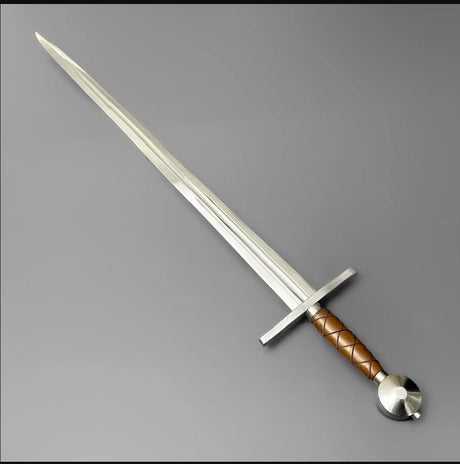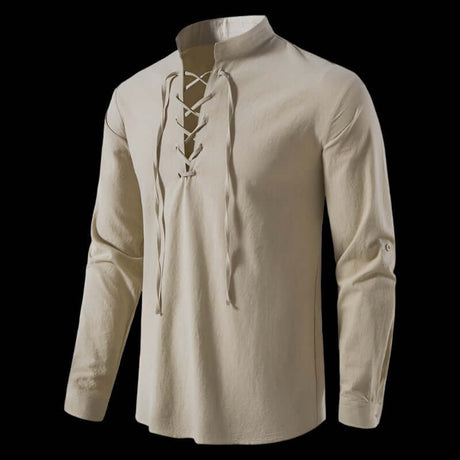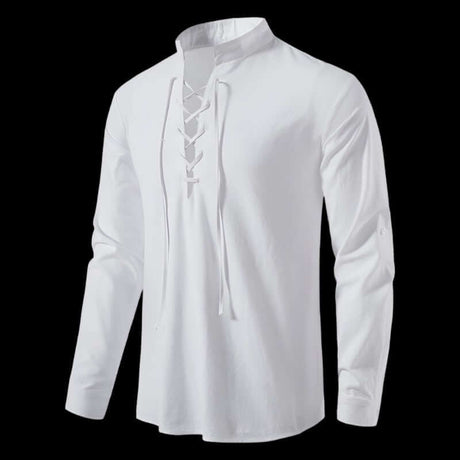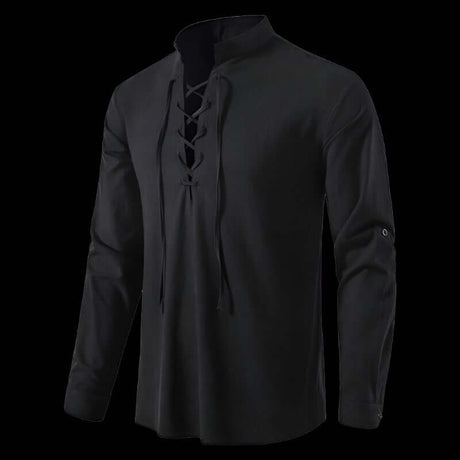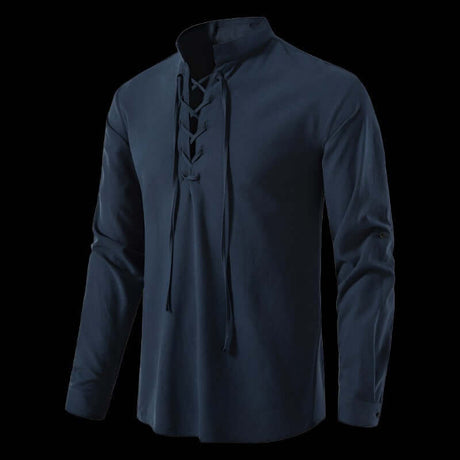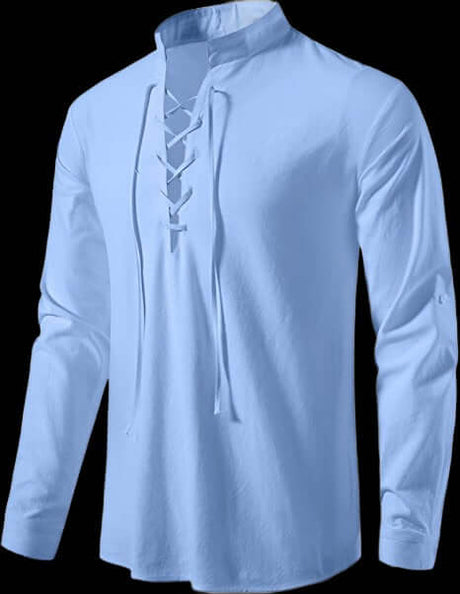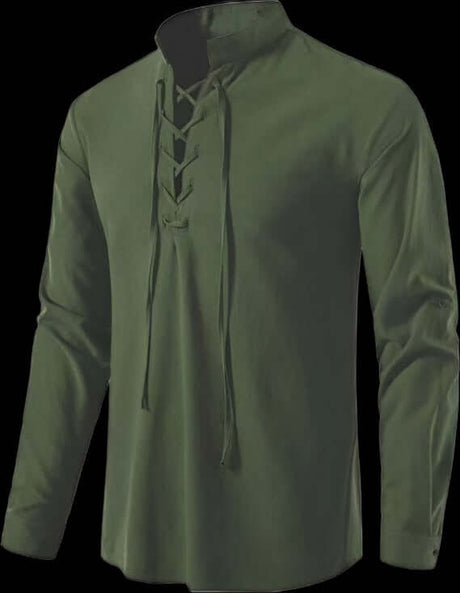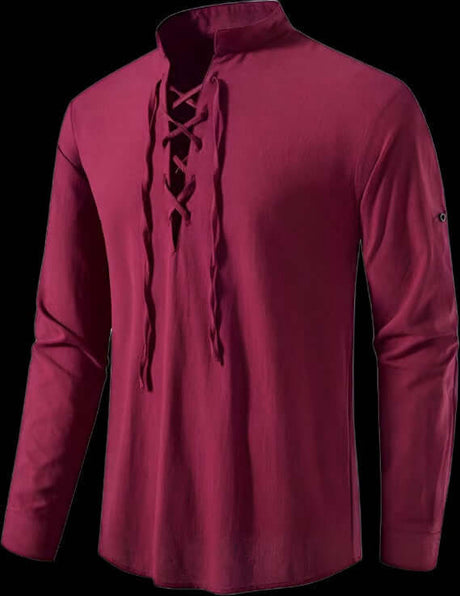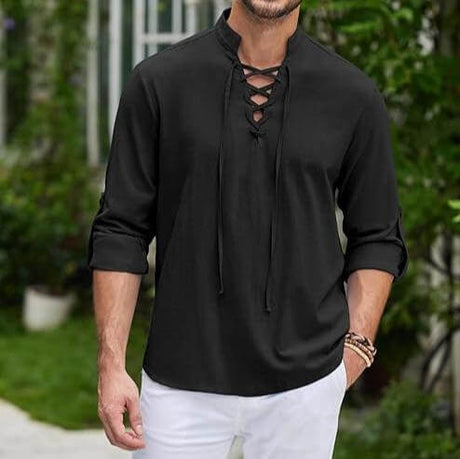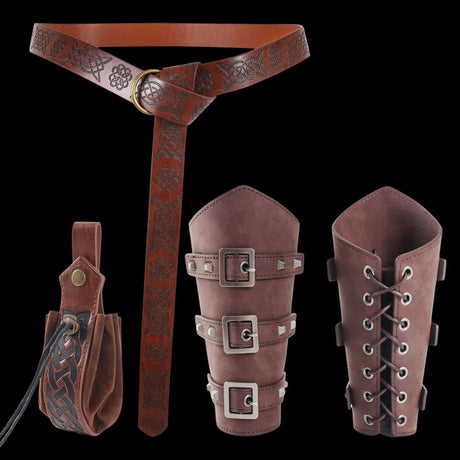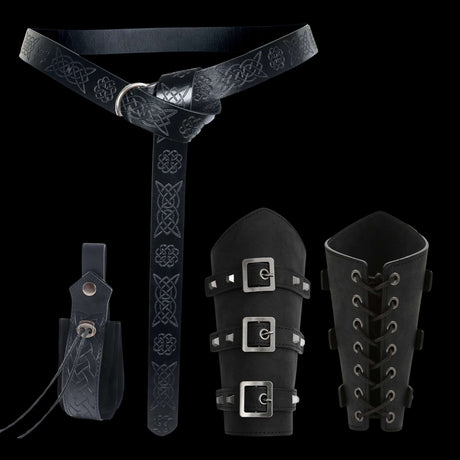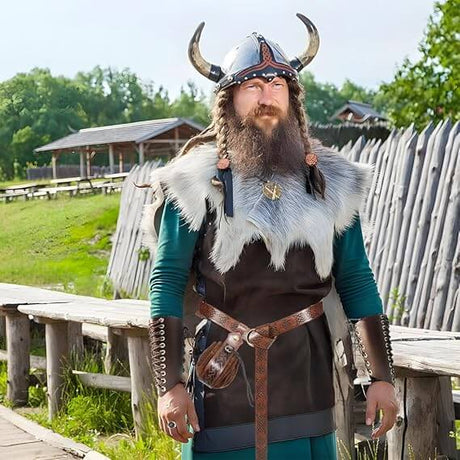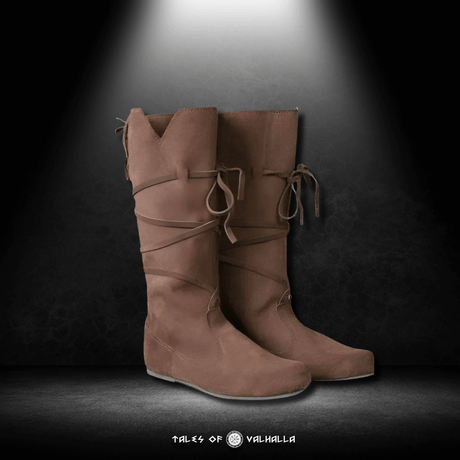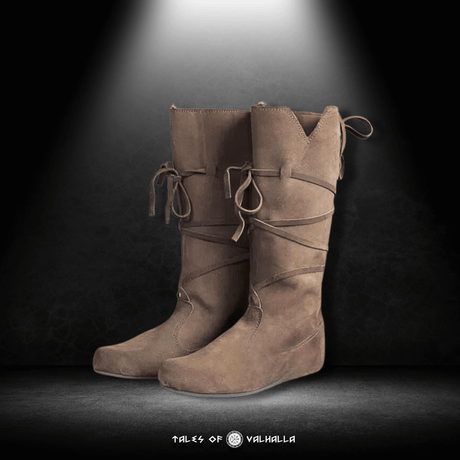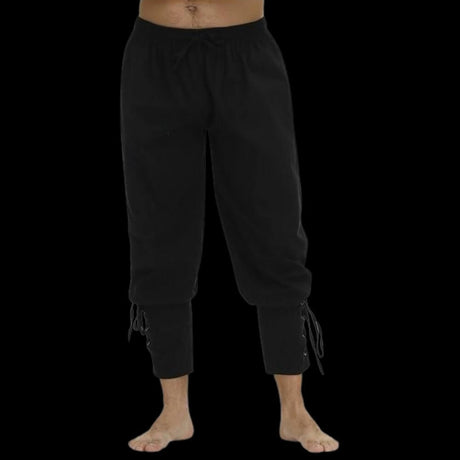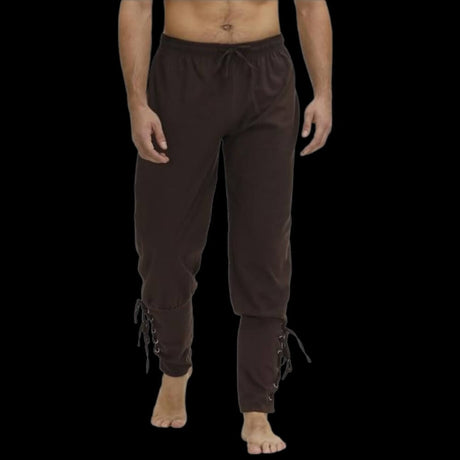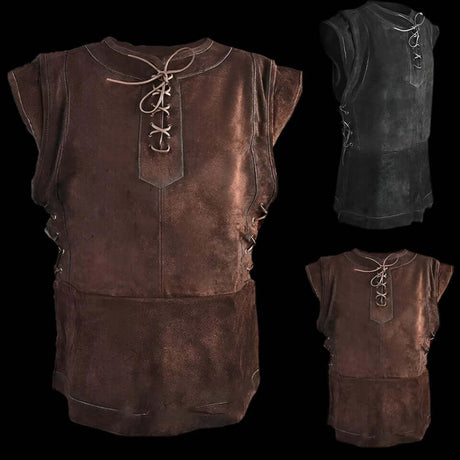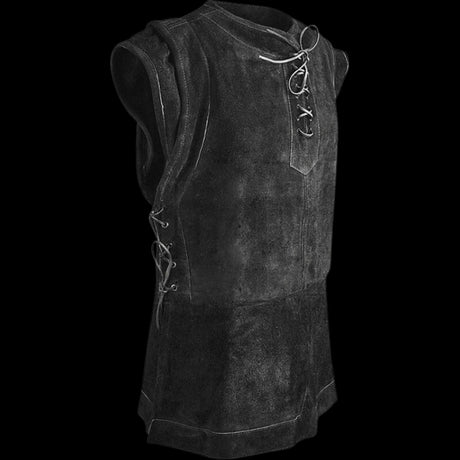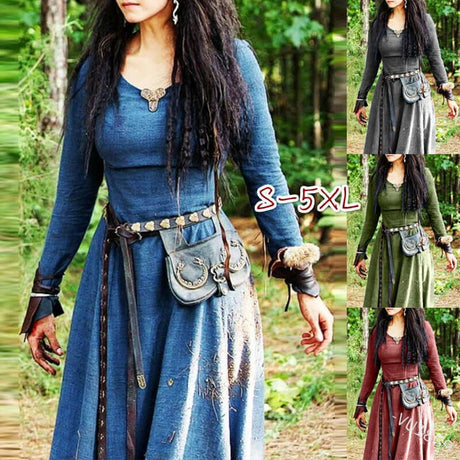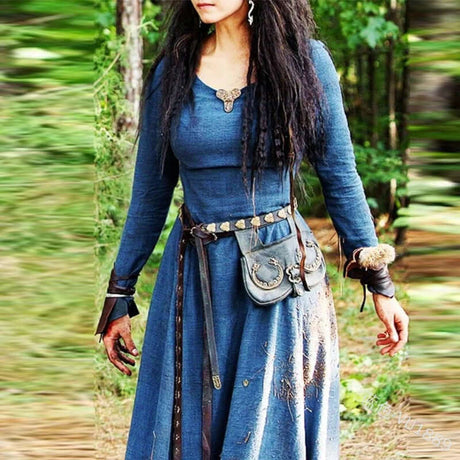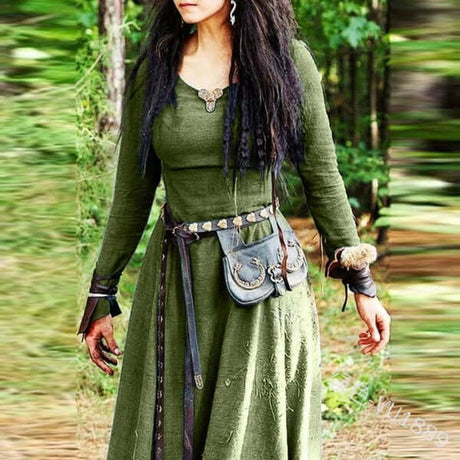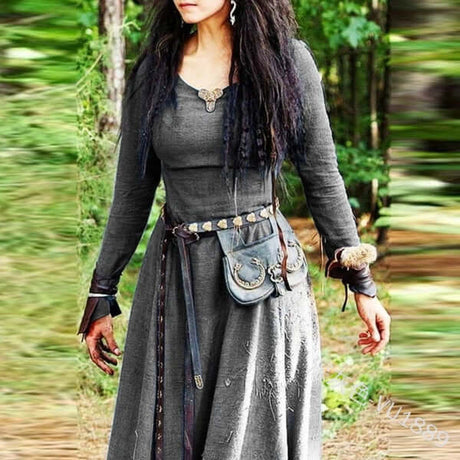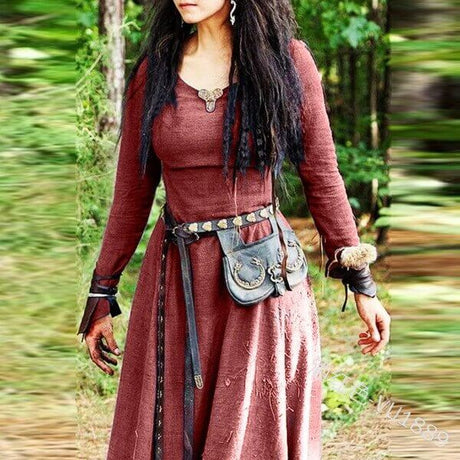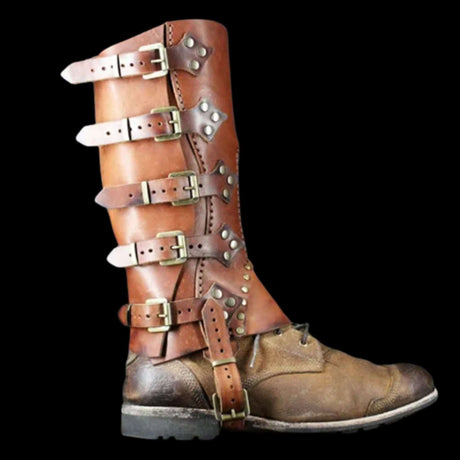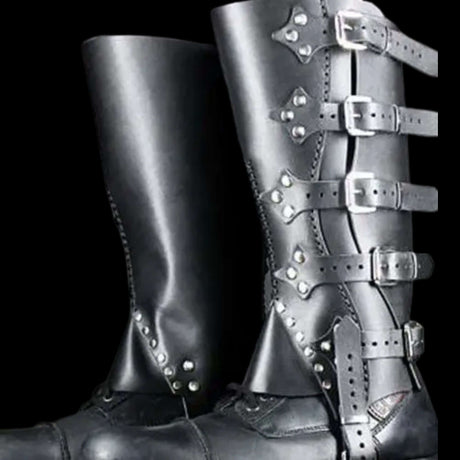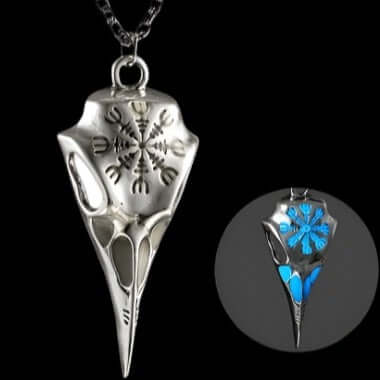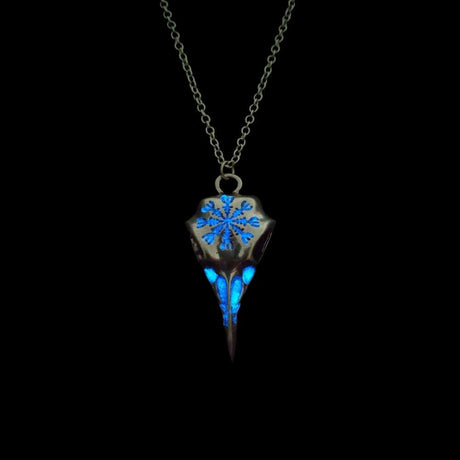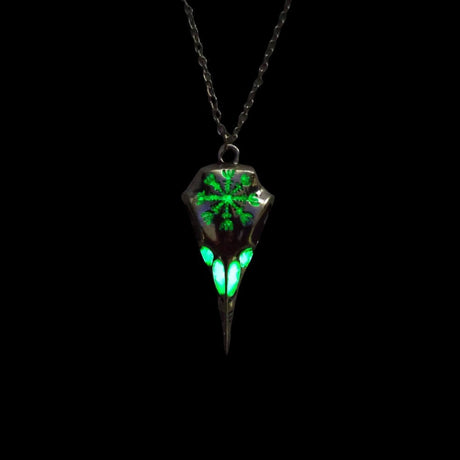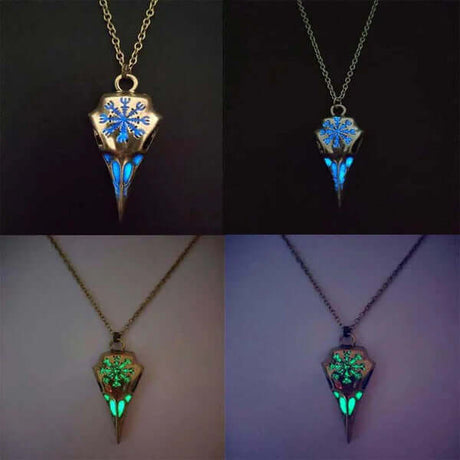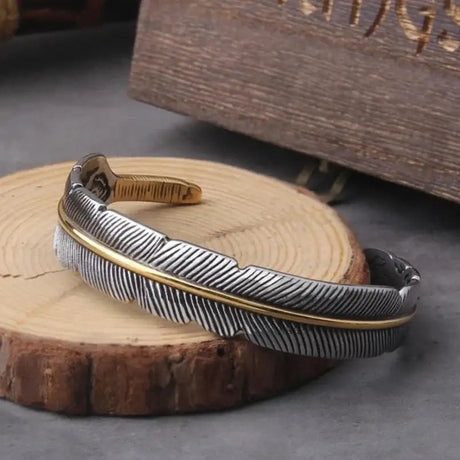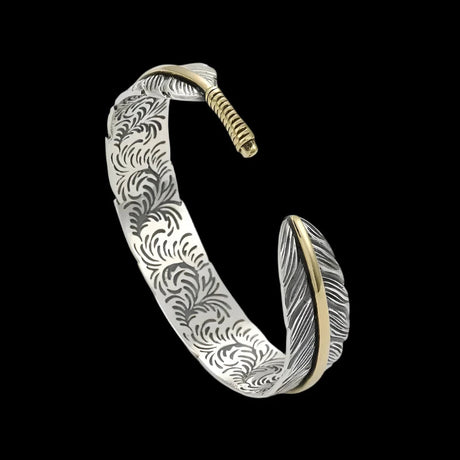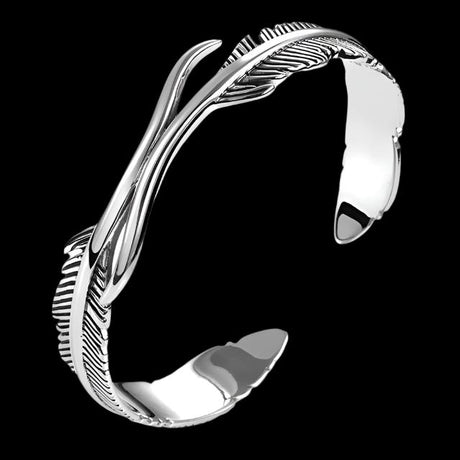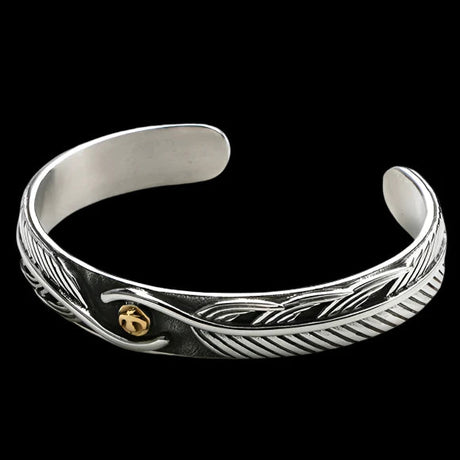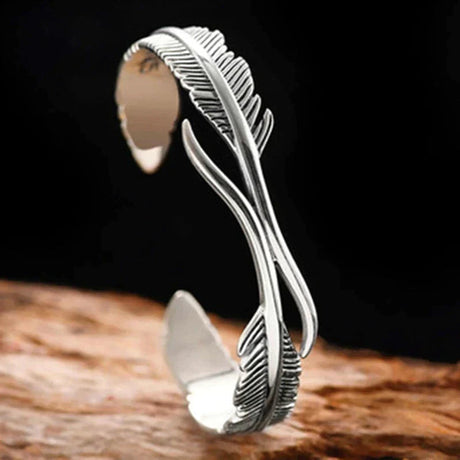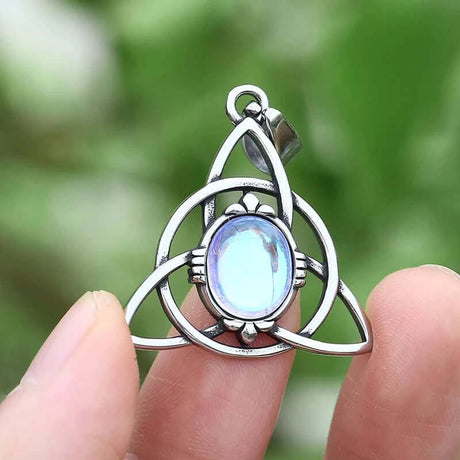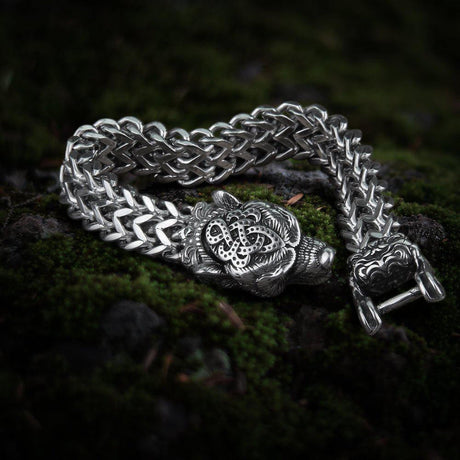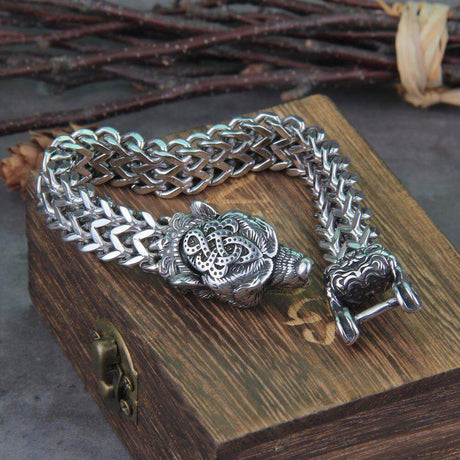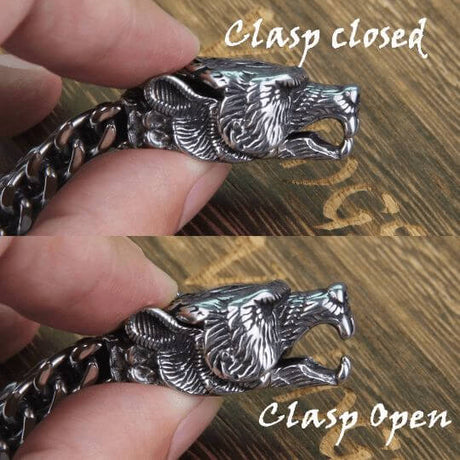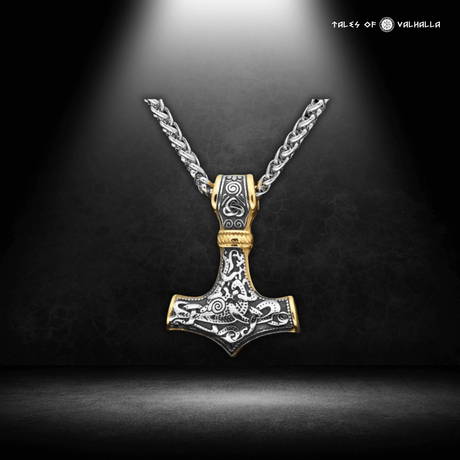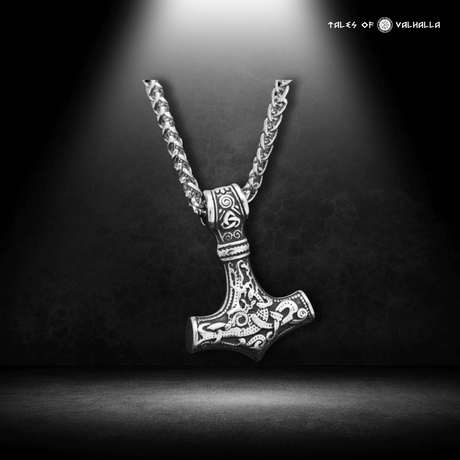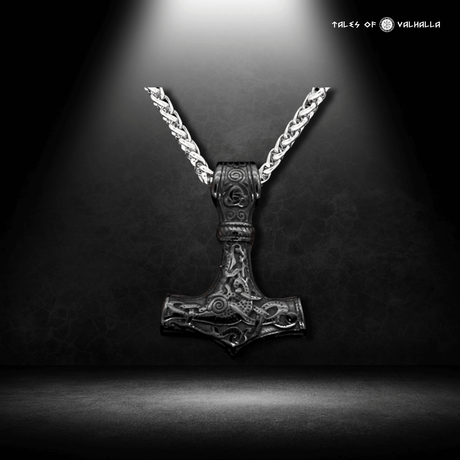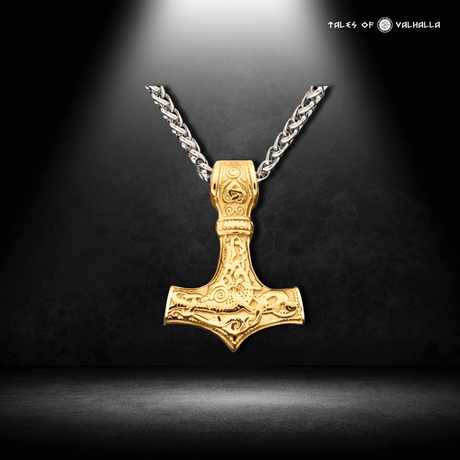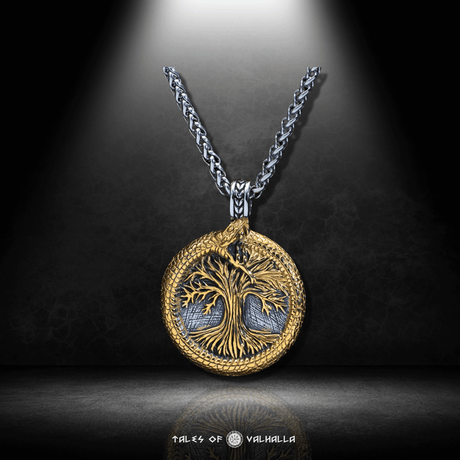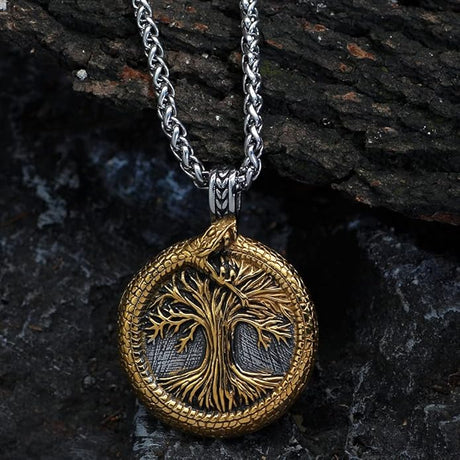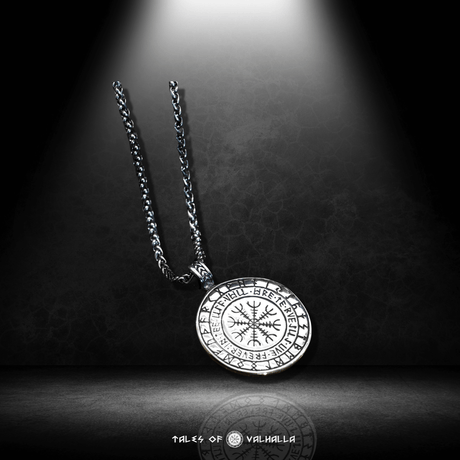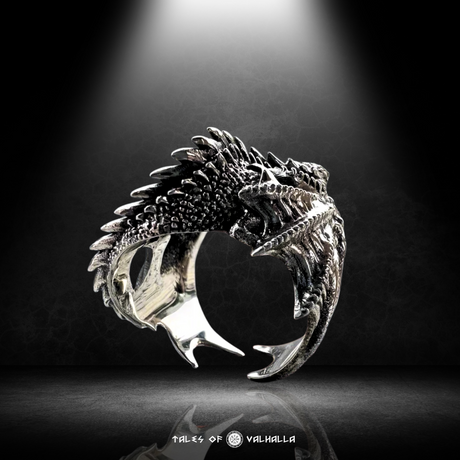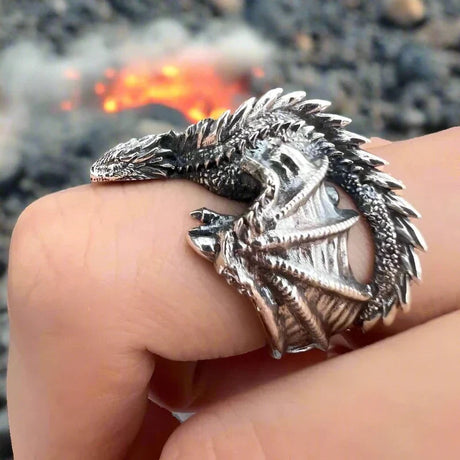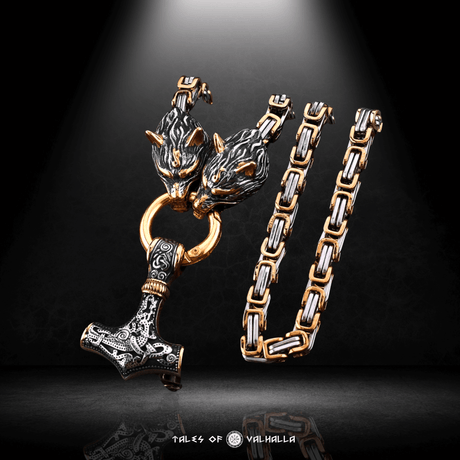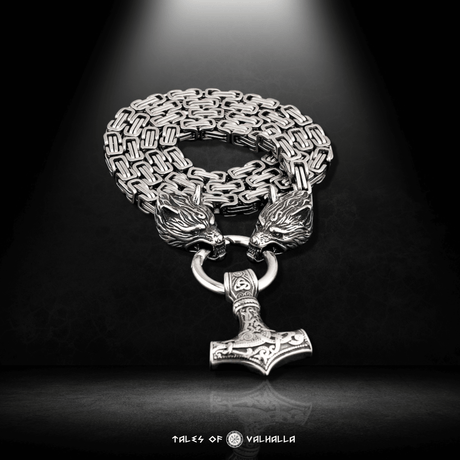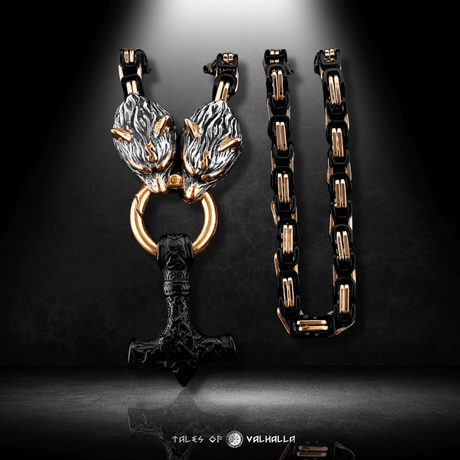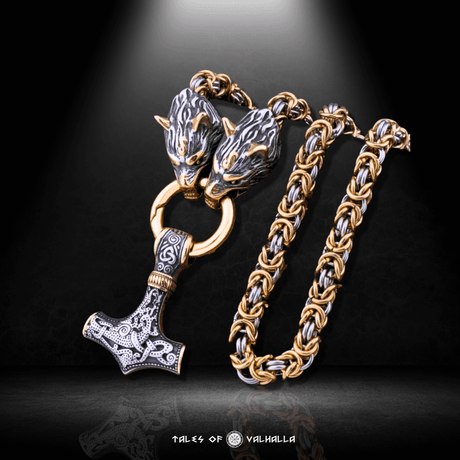As the air grows crisp and shadows lengthen in late October, a familiar thrill settles across the United States. Jack-o'-lanterns grin from porches, costumes are meticulously planned, and the air hums with the spooky, festive energy of Halloween. But have you ever wondered where these traditions come from? Beyond the candy and horror movies lies a deep and ancient history, a time when this season marked a powerful shift in the very fabric of the world. Most people trace Halloween's roots back to the Celtic festival of Samhain. But what about the Vikings? Did they have their own version? What would a Viking Halloween have looked like?
The answer takes us on a fascinating journey into the heart of the Norse worldview, revealing a parallel, yet distinctly different, tradition known as Álfablót. This guide will explore the ancient Celtic origins of our modern Halloween, and then venture into the mysterious world of the Norse to uncover what a Viking Halloween might have truly entailed. It’s a story of two cultures facing the darkness of winter, each with their own unique ways of honoring the ancestors and the unseen world.
Modern Halloween: A Tapestry of Traditions in the US
Before we step back in time, let's acknowledge the holiday we know and love. In the United States, Halloween is a cultural juggernaut.
Our modern traditions are a vibrant mix: Irish immigrant folklore (jack-o'-lanterns), Christian observances (All Hallows' Eve), and American consumer culture. But the spiritual core—the fascination with ghosts, spirits, and the supernatural—has much deeper, pre-Christian roots. To find them, we must first look to the Celts Modern Halloween: A Tapestry of Traditions in the US
Modern Halloween: A Tapestry of Traditions in the US
Samhain: The Ancient Celtic Origins of Halloween
Long before there was a "Halloween," there was Samhain (pronounced "SAH-win" or "SOW-in"). For the ancient Celtic peoples of Ireland, Scotland, and the Isle of Man, this was one of the most important festivals of the year, marking the end of the harvest and the beginning of winter.
The End of the Harvest, The Beginning of Winter
Samhain was a liminal time, a point of transition. It represented the end of the "light half" of the year and the beginning of the "dark half." This was a moment of both celebration for the bounty of the harvest and solemn preparation for the challenges of the coming winter. All crops were brought in, and livestock were brought down from their summer pastures. Animals not intended to be kept through the winter were slaughtered, providing a store of preserved meat.
When the Veil is Thinnest: A Night of Spirits
The most crucial aspect of Samhain was the belief that on this night, the veil between the world of the living and the Otherworld grew perilously thin.
- The Return of the Ancestors: The spirits of the dead, particularly one's own kin, could cross back into the mortal realm. This was not necessarily seen as a terrifying event, but a time to honor and connect with ancestors. Families would set a place at their feast table and leave offerings of food and drink for their returning spirits.
- The Aos Sí and Other Beings: The Otherworld was also home to the Aos Sí (the "people of the mounds," often thought of as fairies or spirits) and other powerful, sometimes malevolent, supernatural beings. With the veil thinned, these beings could also wander freely into the human world.
Ancient Rituals and Practices of Samhain
To navigate this magical and dangerous night, the Celts engaged in various rituals:
- Bonfires: Great bonfires were lit on hilltops. These fires were seen as having protective and purifying powers, mimicking the sun and warding off evil spirits. People would dance around them, and sometimes leap over them for good luck.
- Feasting and Offerings: A great feast was held, celebrating the final harvest. As mentioned, portions were left for the spirits of the ancestors, a key part of the communal celebration.
- Guising (Disguising): To protect themselves from mischievous or malicious spirits, people would wear costumes and masks made from animal skins and heads. The idea was to either blend in with the spirits or to fool them into thinking you were one of them. This is the direct ancestor of modern Halloween costumes.
- Divination: As a time when the supernatural world was close, Samhain was considered an ideal night for divination and fortune-telling, especially concerning marriage, health, and fate in the coming year.
Story Vignette 1: A Night on the Hill of Tara Imagine a young Irish woman named Aoife, her face illuminated by the flickering light of a massive bonfire. The air is cold, carrying the scent of woodsmoke and damp earth. All around her, her community gathers, their faces hidden behind crude animal masks. Elders chant ancient verses, telling tales of heroes and the spirits of the Otherworld. Aoife’s family had left a bowl of porridge and a cup of mead by their hearth before leaving, an offering for her grandfather’s spirit, who they hoped would visit and bestow his blessing. She feels a thrill of both fear and reverence; this is Samhain, the night when the worlds touch, and anything is possible.
Álfablót: The Norse Counterpart – A Viking Halloween?
Now, let's journey north to the world of the Vikings. Did they have a similar festival? The answer is yes, but it was a very different affair. While there's no direct one-to-one equivalent of Halloween, the closest parallel is a mysterious and private Norse festival known as Álfablót. Searching for a true Viking Halloween leads us to this solemn rite.
The Elusive Norse Festival
Unlike Samhain, which is relatively well-documented in Irish lore, Álfablót is mentioned only fleetingly in Norse sources, primarily in skaldic poetry and one saga (Austrfararvísur by Sigvatr Þórðarson). This scarcity of detail adds to its mystique.
The Sacrifice to the Elves (Álfar)
The name Álfablót literally translates to "Elf Blot" or "Elf Sacrifice." To understand this, we must understand who the elves (álfar) were in Norse belief.
- Who Were the Elves?: The álfar were not the tiny, winged creatures of modern folklore. They were powerful, semi-divine beings associated with nature, fertility, and, most importantly, the ancestors. They were believed to be spirits connected to the land and to a specific family's lineage, dwelling in mounds, hills, and other natural places. Pleasing them was essential for the prosperity and health of the family. The concept of a Viking Halloween would be deeply tied to these powerful spirits.
A Private, Family Affair: A Key Distinction
This is the most significant difference between Samhain and Álfablót.
- Secrecy and the Home: Álfablót was not a large, public, or communal festival with massive bonfires. It was a private, domestic ritual conducted within the confines of the homestead. The sagas describe travelers seeking lodging being turned away from farms during this time, with the mistress of the house declaring that the Álfablót was taking place and that strangers were not welcome.
- Led by the Matriarch: The ritual was often led by the húsfreyja, the mistress of the household. This highlights the important spiritual authority held by Viking women within the domestic sphere. The spiritual well-being of the family through the winter was in her hands.
Honoring Ancestors and Land Spirits for Winter's Blessing
The purpose of the Álfablót was likely twofold, making it the most fitting candidate for a Viking Halloween.
- Ancestor Worship: By making offerings to the elves (who were linked to ancestors), a family was honoring their kin who had passed, seeking their continued blessing and protection.
- Ensuring Prosperity: The ritual was performed at the end of the harvest and the beginning of winter. The sacrifices were intended to ensure the health of the family, the protection of the livestock, and the fertility of the land through the dark, cold months to come, securing a good year ahead.
Story Vignette 2: The Sacrifice in the Longhouse The shutters are drawn and the door is barred at Ingrid's longhouse. The autumn air outside is cold, but inside, a single, tall candle illuminates the main room. Ingrid, the matriarch, stands before a small, stone altar in the corner of the hall. Her children and husband stand silently behind her. On the altar is the best of their harvest: a bowl of fresh butter, a piece of honeycomb, and a horn of the finest ale. Ingrid murmurs a quiet prayer, her words for the álfar and the ancestors alone. She speaks of her gratitude for the harvest and asks for their protection through the coming winter. This is Álfablót. There are no costumes, no tricks, only a solemn, private communion with the spirits of kin and land. This intimate ritual is the heart of what a Viking Halloween would have been.
Comparing the Traditions: Halloween, Samhain, and a Viking Halloween (Álfablót)
To understand the similarities and stark differences, let's compare these three autumn festivals.
This table clearly shows that while a conceptual thread of honoring spirits at the turn of the season exists in both Celtic and Norse traditions, the actual practices were very different. The idea of a Viking Halloween is far from the modern American celebration.
So, What Would a "Viking Halloween" Truly Involve?
Based on our understanding of Álfablót and other Norse autumn festivals, we can paint a picture of what a Viking Halloween would have been like.
A Blend of Solemnity and Celebration
It would have been a time of deep spiritual significance, not just spooky fun. The focus would be on a solemn, respectful honoring of the spirits who had power over the family's well-being. This would be combined with a celebratory feast, marking the end of the hard work of harvest and the preparation for winter.
A Focus on Family and Kin
The core of a Viking Halloween would be the immediate family and household. The rituals would be private, strengthening the bonds of kin and their connection to their specific ancestral spirits and the land their farm was on.
The Winter Nights (Vetrnætr): A Broader Context
Álfablót didn't happen in isolation. It was part of a larger festival period known as Vetrnætr ("Winter Nights"), which marked the transition from summer to winter in the old Norse calendar. This was a major holiday, one of the three great blots of the year.
- A Time of Feasting and Sacrifice: Vetrnætr was a time for large feasts, drinking, and making sacrifices to various gods (perhaps Freyr for a good harvest, or Odin for wisdom) to ensure a prosperous winter.
- The First Day of Winter: This festival marked the first day of winter. Legal and social contracts often ran from one Winter Nights to the next.
Therefore, the experience of a Viking Halloween would be less like a single night of mischief and more like a multi-day festival period that combined large-scale feasting with private, solemn rituals like Álfablót.
The Legacy: How Pagan Roots Still Shape Our Spooky Season
While our modern Halloween is a direct descendant of the Celtic Samhain, the themes explored in both Samhain and the Norse traditions still resonate today.

The Legacy: How Pagan Roots Still Shape Our Spooky Season
- Honoring the Dead: The idea of remembering and honoring the dead at this time of year persists in traditions like All Saints' Day, All Souls' Day, and Mexico's Día de los Muertos.
- Costumes: Our tradition of wearing costumes is a direct, albeit playful, echo of Celtic guising to interact with the spirit world.
- Bonfires: Bonfires are still a part of autumn celebrations in many parts of the world, a remnant of the ancient protective fires of Samhain.
- The Modern Revival: In the United States and elsewhere, modern pagans and followers of Heathenry (Norse paganism) are actively reviving and reconstructing these ancient festivals. They celebrate Samhain and hold their own versions of Álfablót, reconnecting with the spiritual roots of the season.
Conclusion
The search for a Viking Halloween leads us to Álfablót—an intimate rite honoring kin and land—standing in contrast to the fiery, communal Samhain, ancestor of our modern Halloween.
Vikings didn’t trick-or-treat, but they marked the season as sacred, turning inward to family, ancestors, and protection for winter. At Tales of Valhalla, we keep that spirit alive, celebrating the ancient ways our Northern ancestors faced the dark season and the unseen world.











